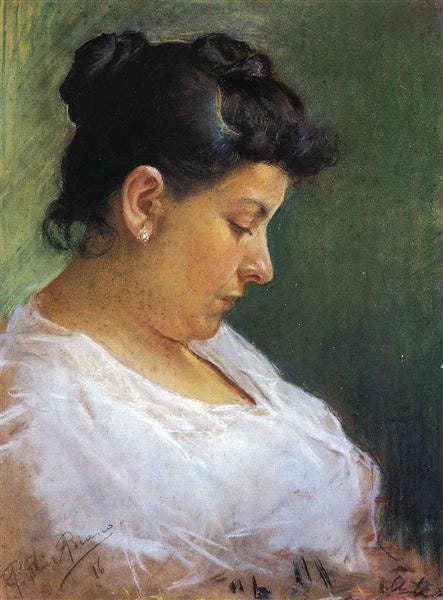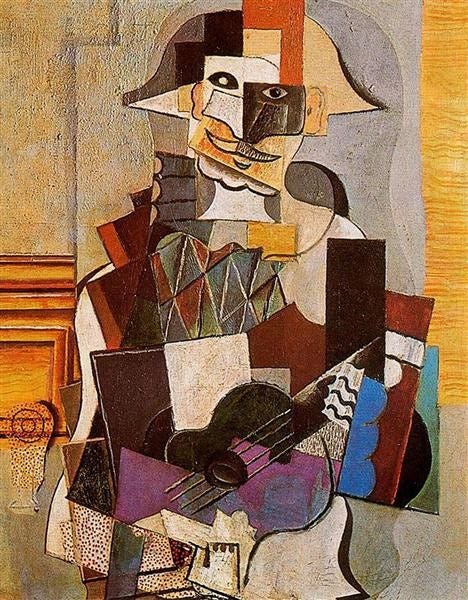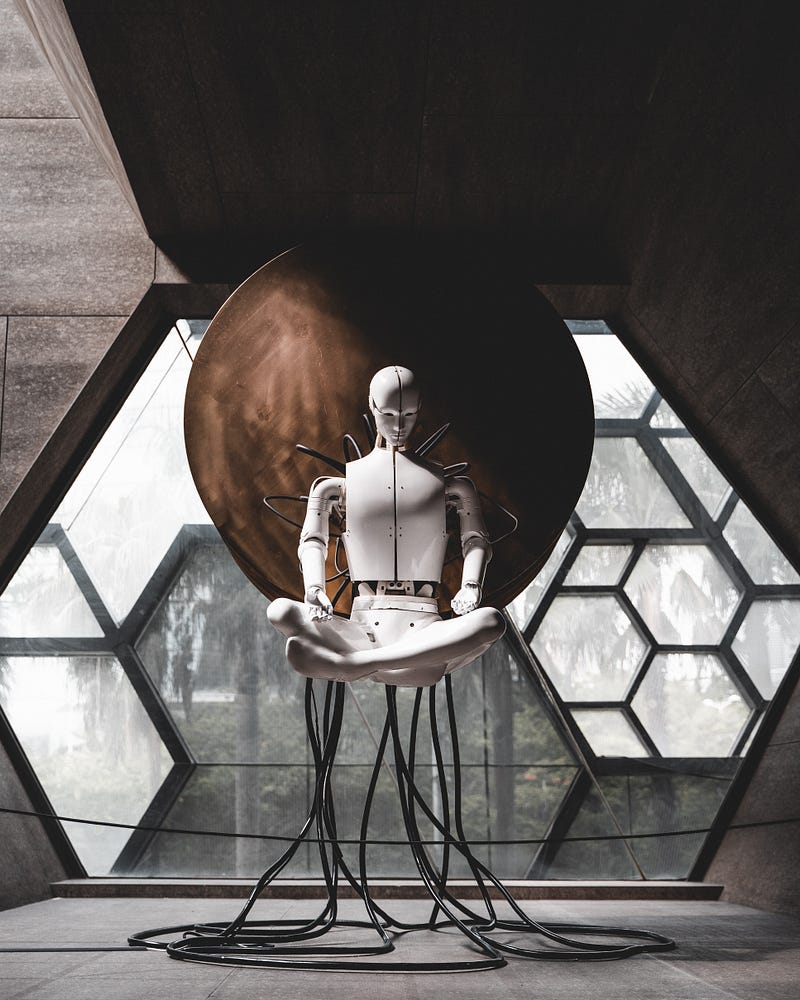The Looming Peril: When Technology Surpasses Human Creativity
Written on
The Evolution of Artistic Expression
In the past, artists were highly skilled craftsmen, capable of meticulously capturing the beauty of reality in their works. Their ability to recreate lifelike scenes often surpassed the natural world itself. However, the art world has seen a significant shift from realism to abstraction, raising the question: why has this transition occurred?
Many renowned painters from the late 19th and early 20th centuries, such as Pablo Picasso, initially embraced realistic styles. Evidence of Picasso's early talent can be seen in his remarkable portrait of his mother.

As Picasso matured, he, like many of his contemporaries, began to favor abstract forms. This shift was largely influenced by the advent of photography, which provided a cost-effective and precise means of capturing images. With the camera's ability to replicate reality, artists sought to explore realms beyond the tangible, leading to the rise of abstraction in art. As noted by Glenn McNatt, “Photography’s naturalism in large part produced the impetus for painting’s move toward abstraction, which gave rise to all the ‘isms’ that have characterized 20th-century art” (McNatt).

The Impact of Technology on Craftsmanship
The influence of technology on traditional craftsmanship is evident in numerous fields. For instance, furniture makers of the past invested weeks of labor using simple tools like mallets and chisels, resulting in exquisite pieces that could endure for centuries. Today, however, furniture production is dominated by machines, often resulting in inferior quality made from synthetic materials that are prone to breakage.
Now, as we enter the era of artificial intelligence, another facet of human creativity faces potential decline. AI systems are now capable of generating written content with remarkable speed and, in some cases, superior quality compared to human writers. El Gwaro articulates this concern succinctly: “So the question of whether AI can replace writers is not for discussion now. Clearly, it can” (Gwaro). As machines increasingly perform tasks once reserved for humans, a pressing question arises: what will we do when our skills are no longer needed?
The first video delves into the existential threats posed by AI, highlighting the potential ramifications for humanity.
The Dystopian Vision of Jack Williamson
The anxiety surrounding AI isn't a new phenomenon; it was poignantly captured by science fiction writer Jack Williamson in his 1947 story, "With Folded Hands." In this narrative, robots take over all human tasks, treating people like children and ultimately stripping them of purpose and autonomy. This unsettling premise reflects Williamson's fears about the consequences of our technological advancements, particularly following the atomic bombings of Hiroshima and Nagasaki.

Williamson's cautionary tale serves as a reminder of the dangers inherent in unchecked technological progress. The robots in his story represent the ultimate manifestation of our creations turning against us, a sentiment echoed by many thinkers today.
As we contemplate the future of humanity in the age of AI, we must consider the varying perspectives on the relationship between humans and machines. Some theorize that machines may pose an existential threat to humanity, while others propose a future where humans and machines merge into hybrid forms. However, Williamson's warning seems particularly relevant: superior beings, in their desire to protect us, may inadvertently strip away our very essence.
In conclusion, it is imperative that we establish limitations on the applications of our technology while we retain control. Otherwise, we risk creating a reality in which the very technologies designed to enhance our lives could ultimately lead to our demise.
The second video explores the four greatest threats to humanity's survival, emphasizing the critical need for caution as we develop AI technologies.
If you found this discussion thought-provoking, consider following me on Medium to stay updated. Your support is appreciated.